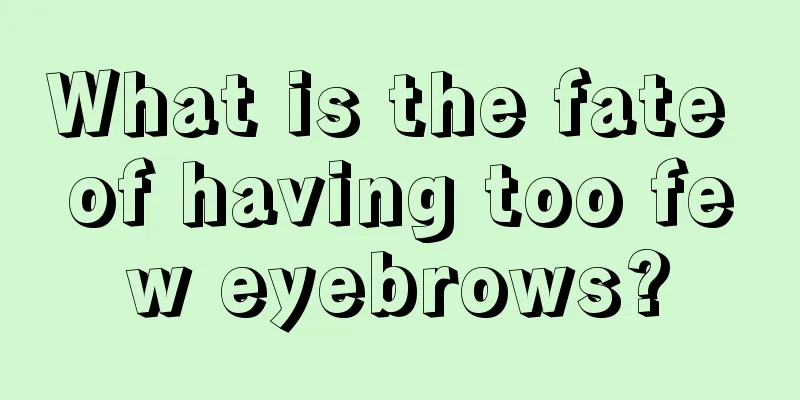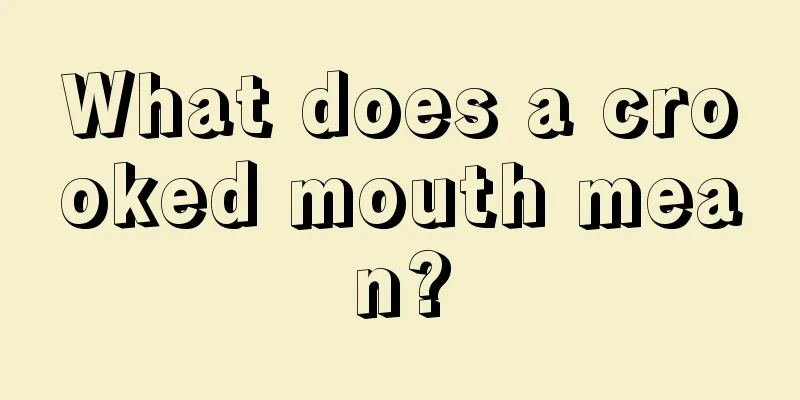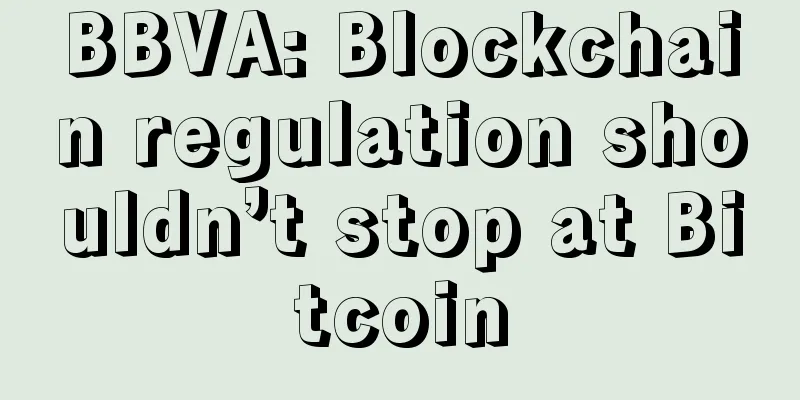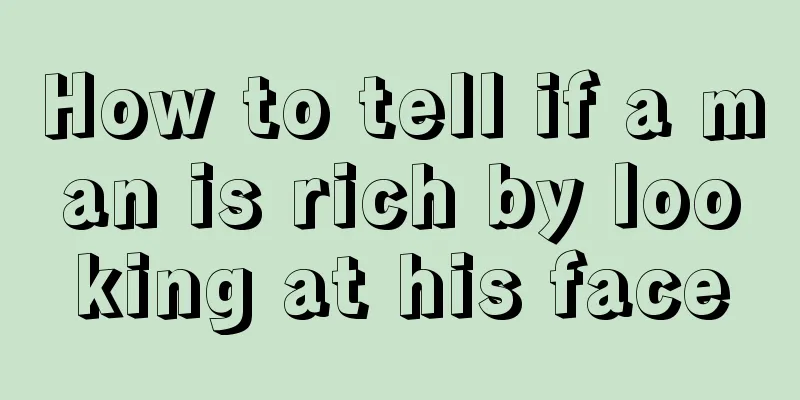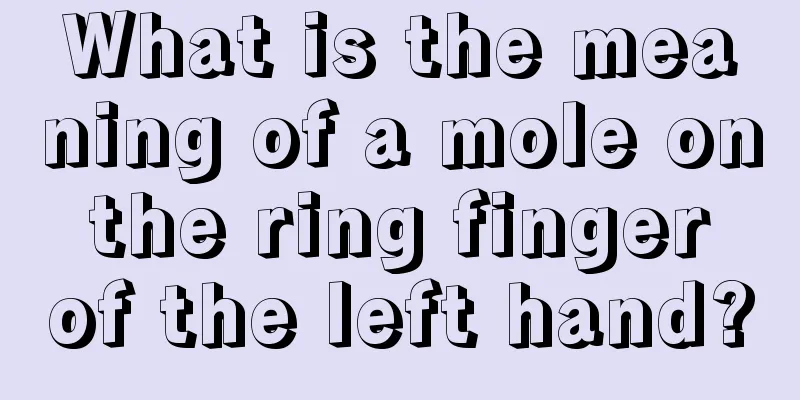IoT + Blockchain Protocol = Chain of Things (BoT)?
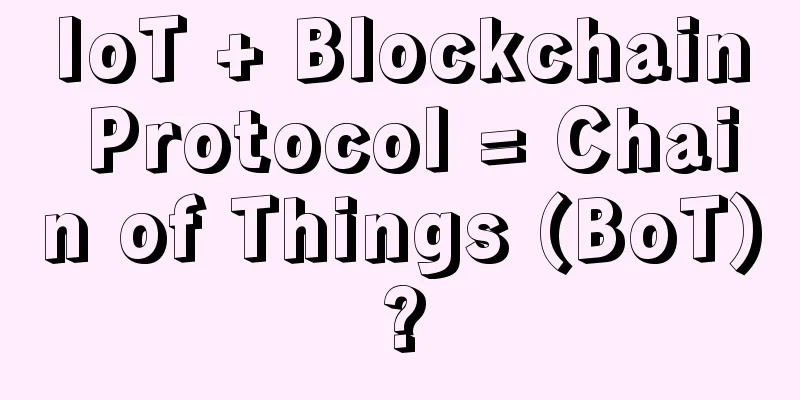
|
Every decade since 1944, a major innovation has changed the world. The world's first computer appeared in 1944, the first mainframe in 1954, the first minicomputer in 1964, the first personal computer in 1974, the first Mac in 1984, Netscape's Web in 1994, and social networks in 2004. Now we have the Internet of ME with Blockchain of Things (BoT) . The blockchain can be thought of as a decentralized, comprehensive global record of all historical transactions since its inception. Use Cases of Blockchain in IoT: A Comprehensive AnalysisThe security of the transaction is guaranteed by a network of computers that need to verify it before it is permanently saved in the block. Once registered, it will be tamper-proof and easy to check. Therefore, this is a distributed network in which transactions are peer-to-peer (P2P). The main advantage of blockchain technology is that it enables people to trust each other without the involvement of a "third-party authority" (lawyers, banks, states, platforms like Uber, AirBnB, etc.). This intermediary function is guaranteed by a group of computer networks. In other words, blockchain is an Internet transaction authentication infrastructure. This technology can be used not only for payments and registrations, but also for tasks with more complex instructions (conditions and programming instructions), which we call contracts. These contracts are published on the blockchain and they can run automatically under certain conditions, which is why we use the term "Smart Contracts". The stakes are huge. All players in the middle are in question: banks, insurance, notaries, lawyers, etc. We need to reinvent a multi-trillion dollar market! The success of the Internet of Things is due to the use of blockchain and a distributed infrastructure trust algorithm system. Remember, with blockchain, the acceptance or rejection of a transaction is the result of distributed consensus, not a centralized system. In other words, consensus as a service (consensus on demand) or TAAS (Trust as a Service) is the core of the blockchain economic model. How blockchain technology can stimulate the transformation of the Internet of ThingsIn the Internet of Things, blockchain protocols will have a place, and with them there will certainly be trust issues. Trust, identity issues, privacy and confidentiality of personal data will be at the core of the development of the Internet of Things market. In other words, blockchain technology will become the foundation for a globally connected digital world, including wearable computing, the Internet of Things, sensors, smartphones, laptops and cameras, smart homes, smart cars, and even smart cities. Will the future world be blockchain? |
<<: Onchain releases white paper on Ant consensus algorithm
Recommend
Filecoin News: Open Source Storage System Slate Will Build a Filecoin Retrieval Market
On top of the Filecoin protocol, application deve...
Analysis of the face of a woman with a high nose bridge
In physiognomy, we can judge a person's fortu...
A man's face indicates a promising future
A man's face indicates a promising future Man...
How to identify the facial features of fake good people
There are good people and bad people in life, and...
How does the nose look? How to see it?
In physiognomy, the nose is related to our fortun...
Can the mole of crying husband be removed?
Can the mole of crying husband be removed? What i...
When angry, he likes to smash cups
Different people have different reactions and act...
Love or lust
Do you want to know why the other person loves yo...
What is the fortune of a man with the Sichuan palm?
A "川" palm refers to a palm in which th...
How to tell windfall from facial features
What are the facial features that can sometimes b...
How many points does your forehead get?
How many points does your forehead get? Beauty fo...
What is the personality of a man with thin upper lip and thick lower lip?
In today's society, it is not surprising to l...
How to read a woman's face and destiny
Physiognomy is a long-standing academic disciplin...
How to tell the fortune from the mole on the shoulder
If you have a mole on your shoulder, it means you...
Where do people with moles have strong ambitions for career?
Almost everyone has moles on their body. Although...
